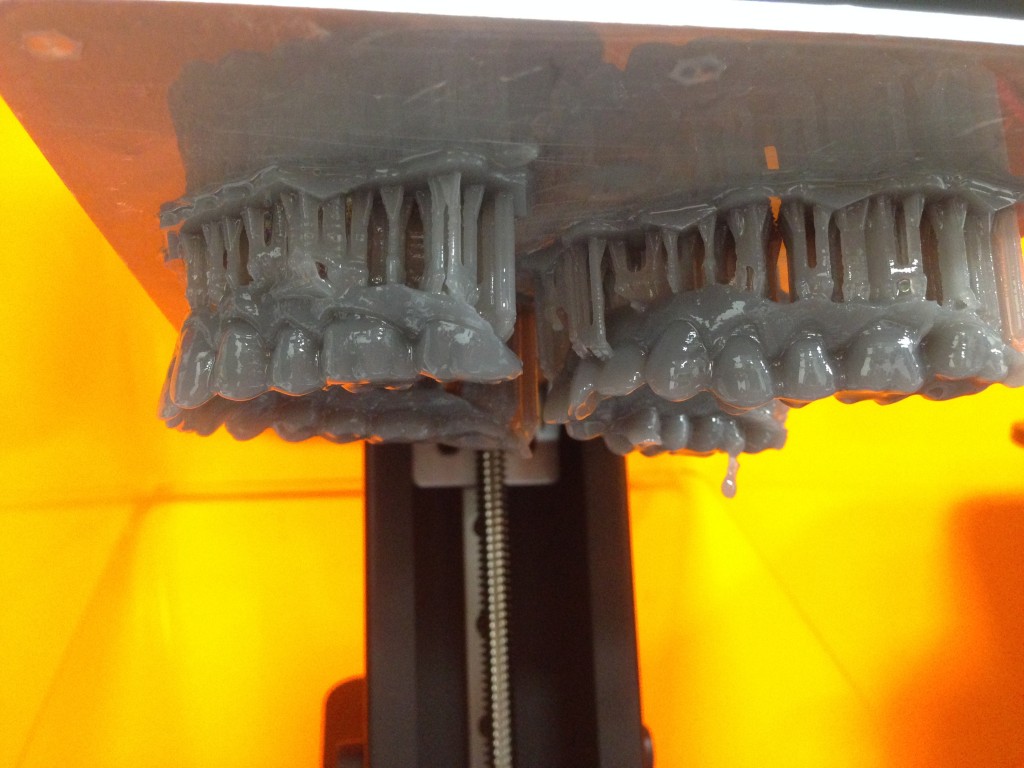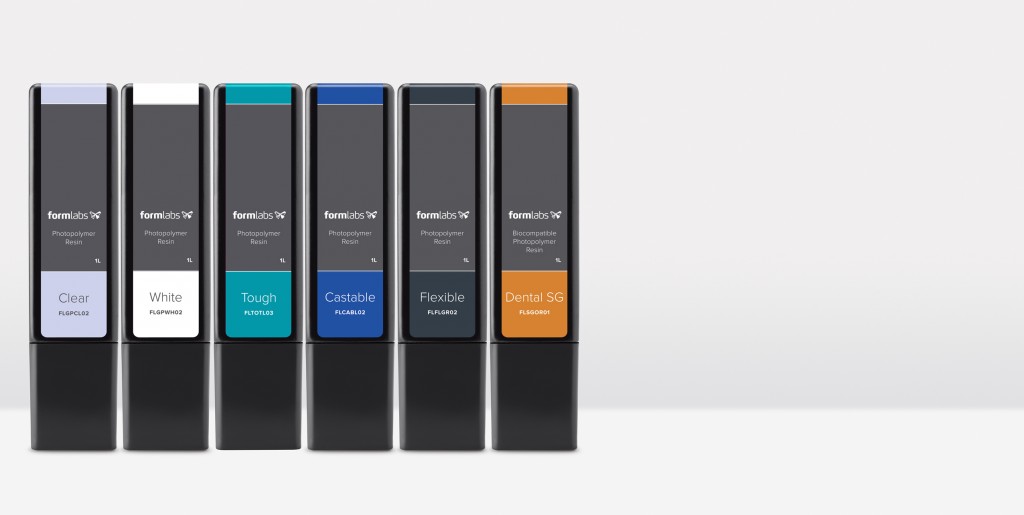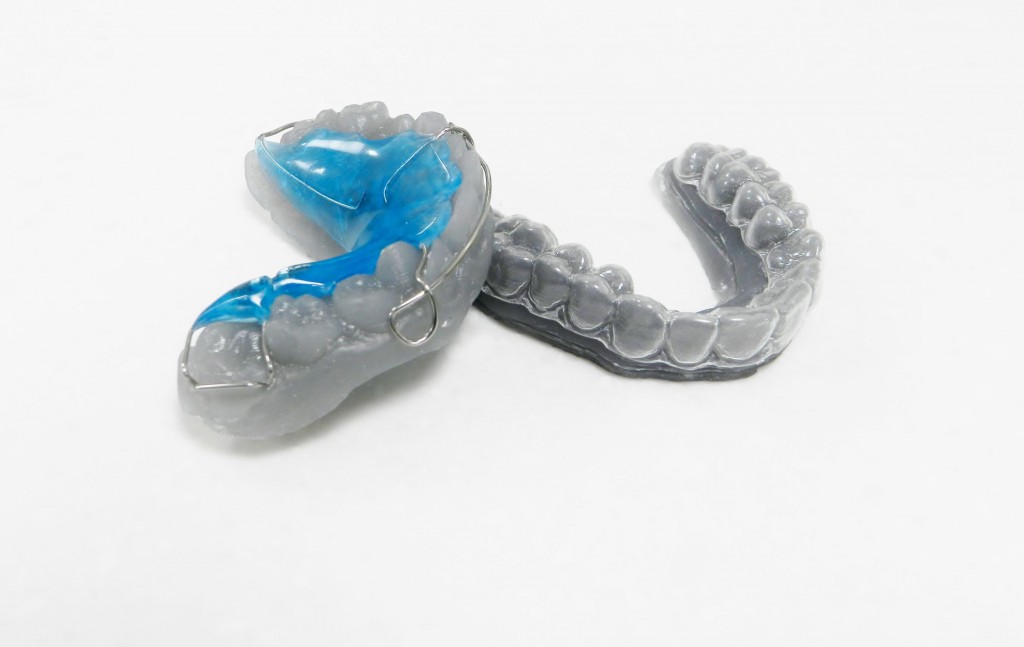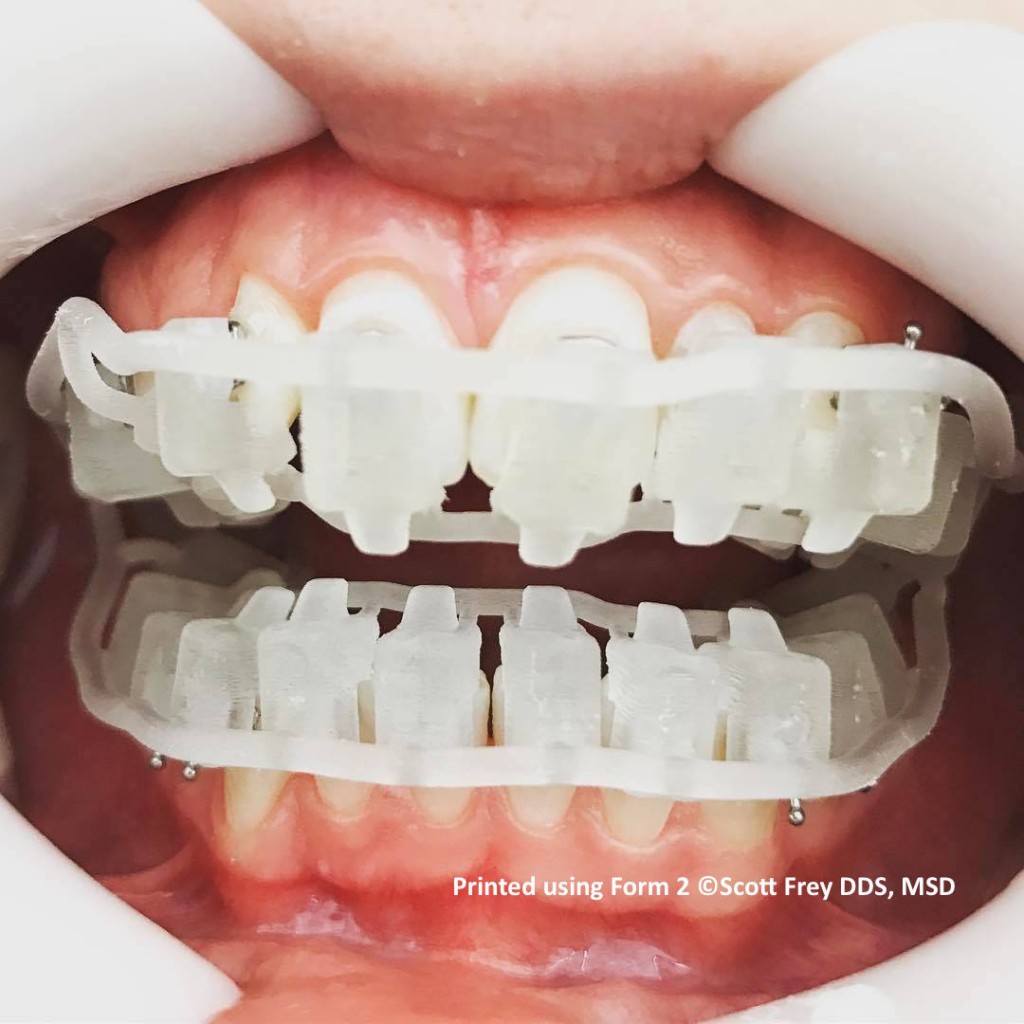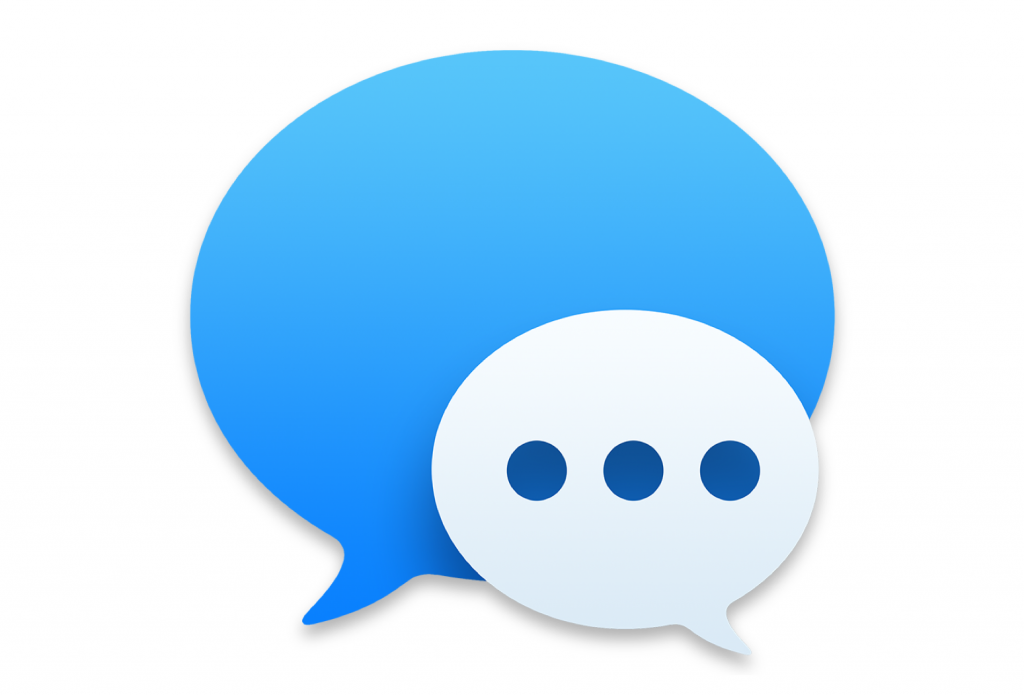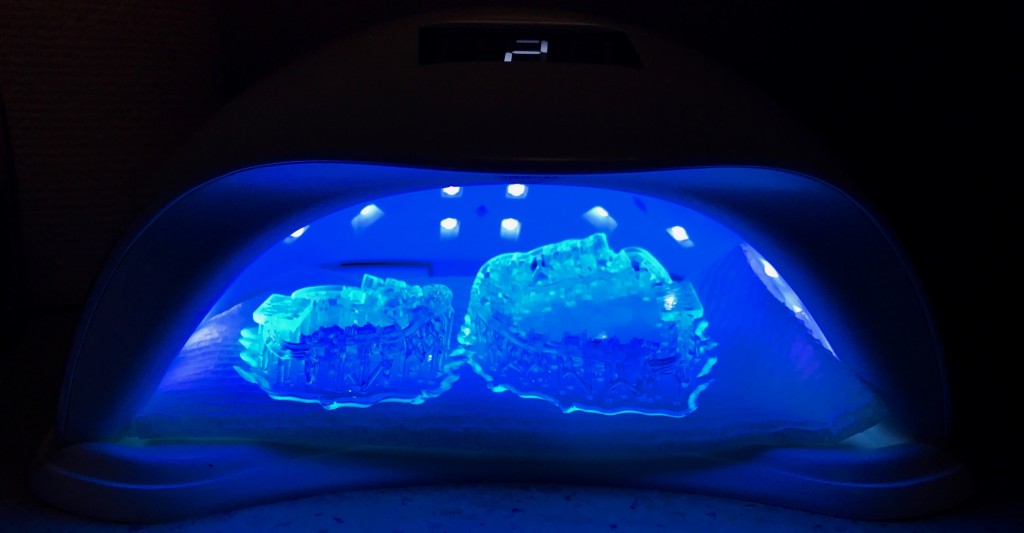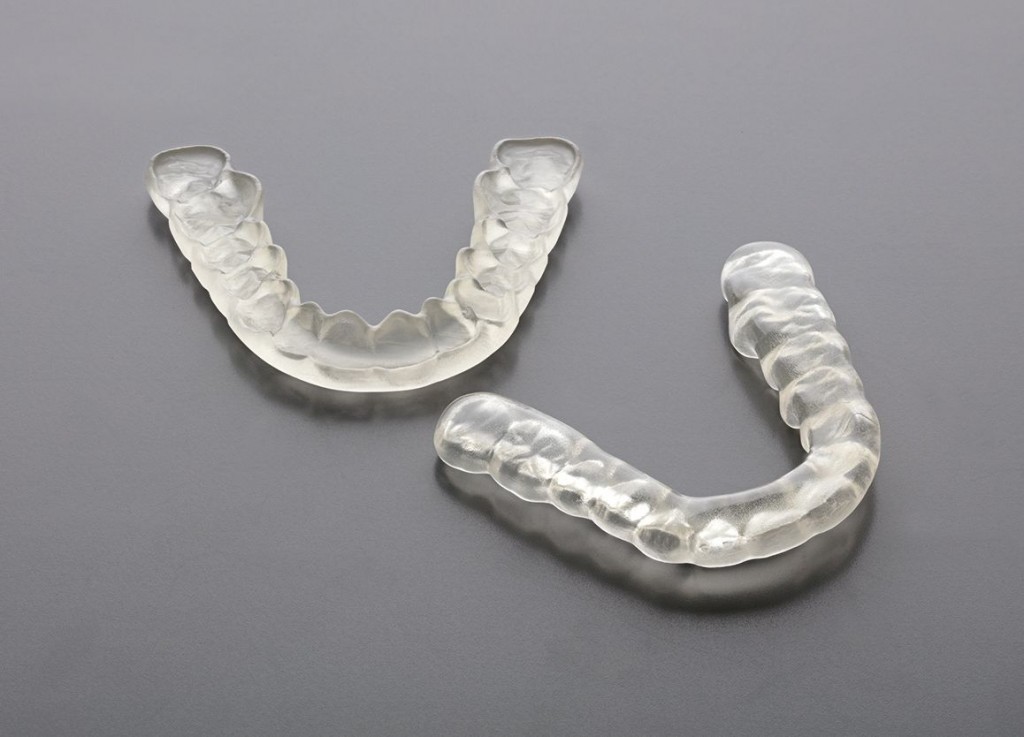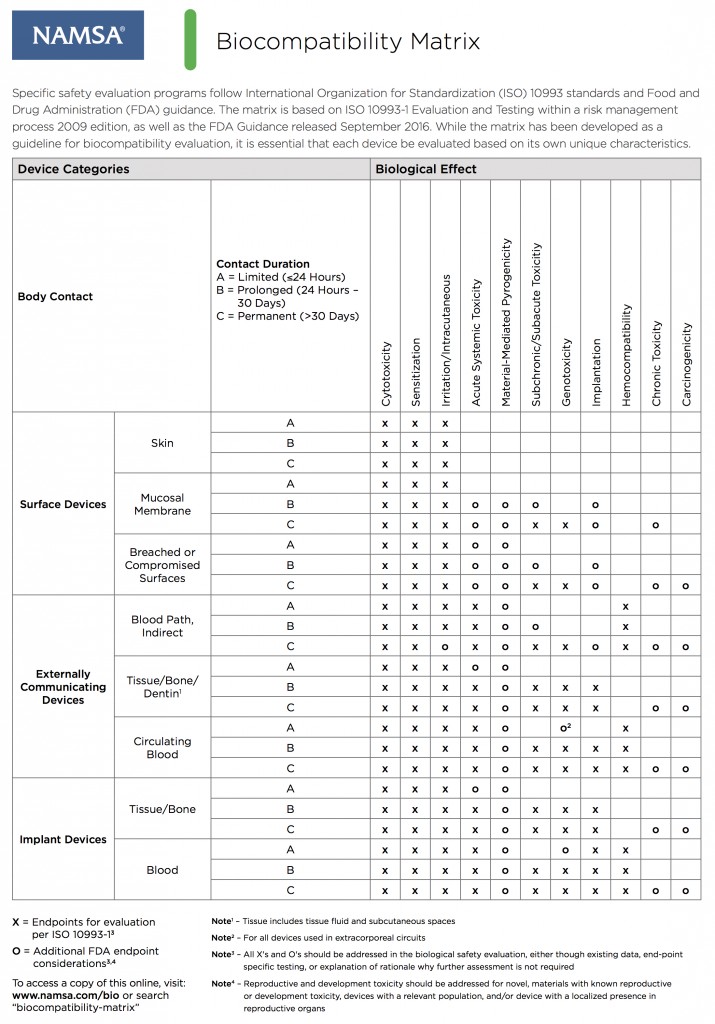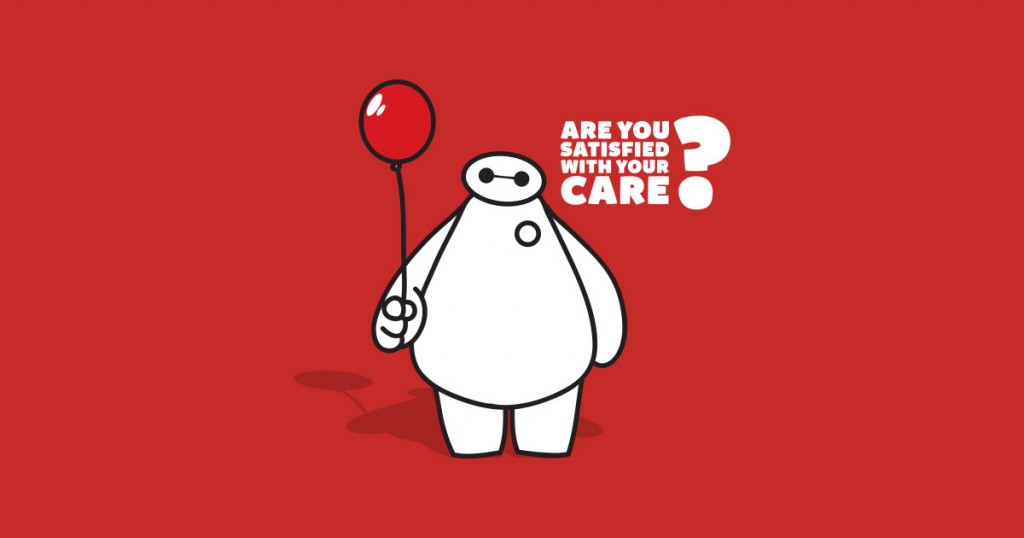 The Impending Robot Apocalypse
The Impending Robot Apocalypse
The Promethean Myth that we will end up creating a technology that will destroy us appears to be deeply engrained in our human psyche. More and more I am beginning to hear orthodontists say, “the machines are getting smarter, and pretty soon, they’ll come for us.” I prefer not to operate on superstition.
If we are being honest, automation is a problem that we all love to have because it frees us up to do more vital and productive things in our businesses and lives. Greater efficiency through automation is the essence of why we train our orthodontic teams and develop our own clinical systems. It seems to me that the intuitions we have about machine learning, Invisalign, algorithms, automation, etc. are somewhat poorly formed. Technology exists to augment our abilities, not to replace them.
In orthodontics, and in just about every industry, we will need to learn to embrace our non-human co-workers, who will be gathering data and helping us direct patient care. Humans and computers are good at very different things, and a healthy give and take between man and machine will become standard operating procedure.
Artificial intelligence is not the end of the specialty, it is a source of empowerment. However, it is our responsibility to adapt and take advantage of the opportunities ahead.

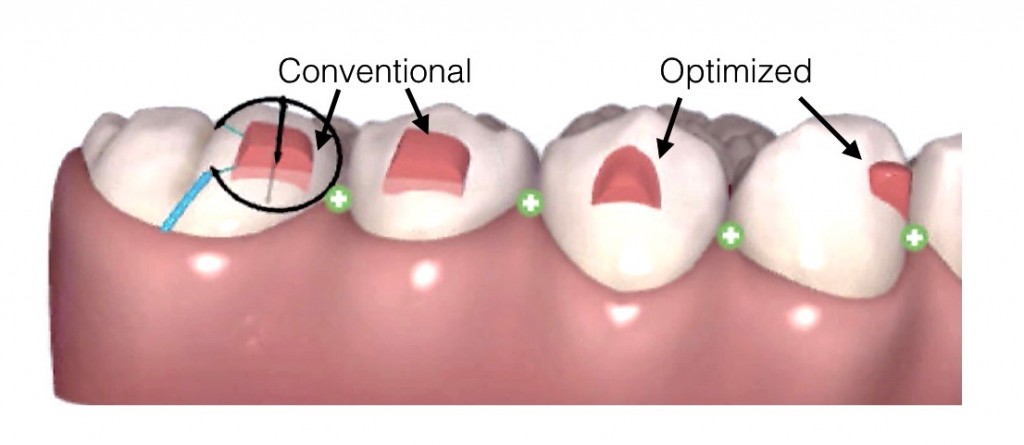
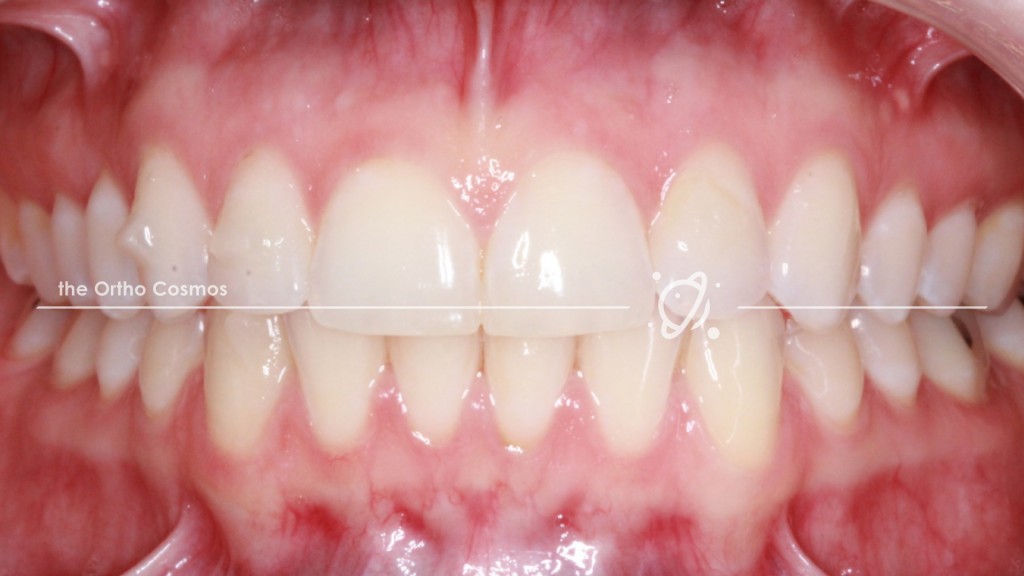
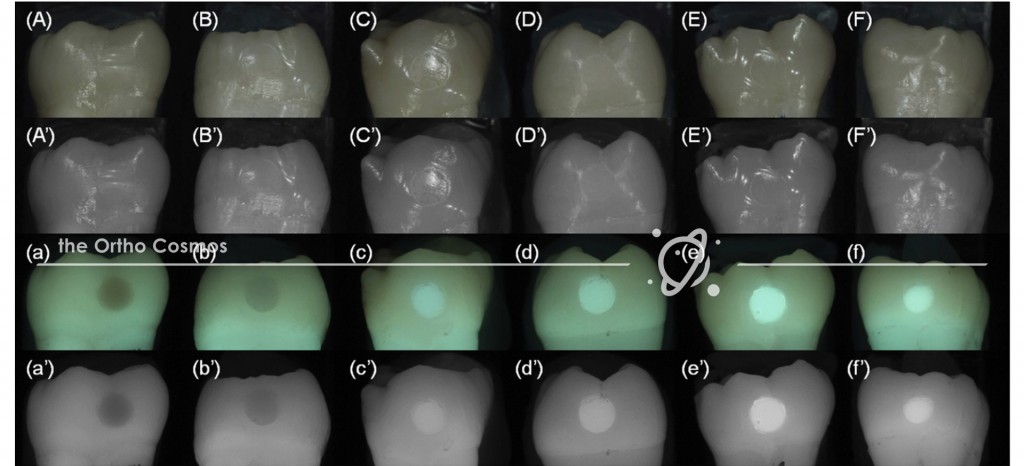
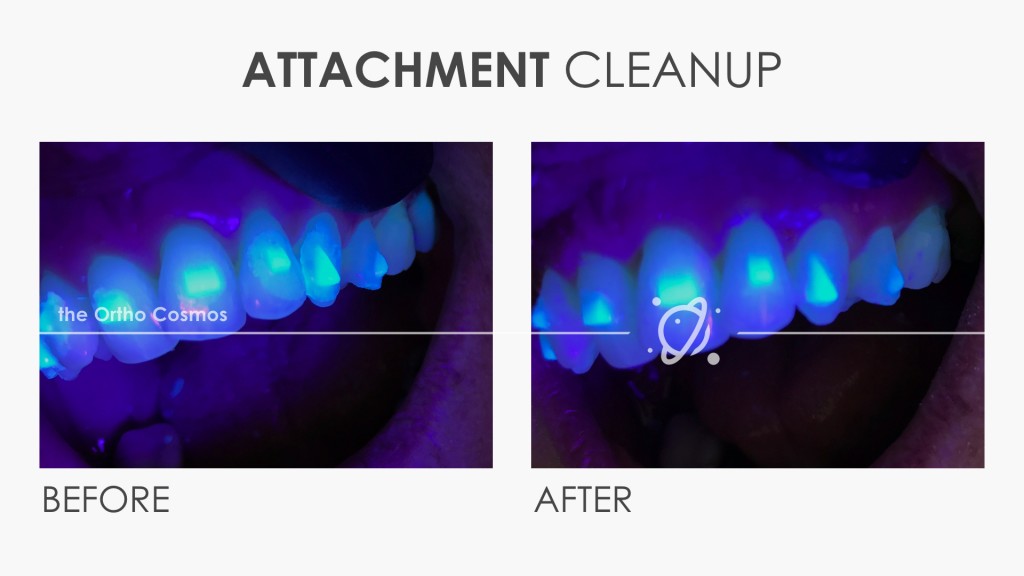
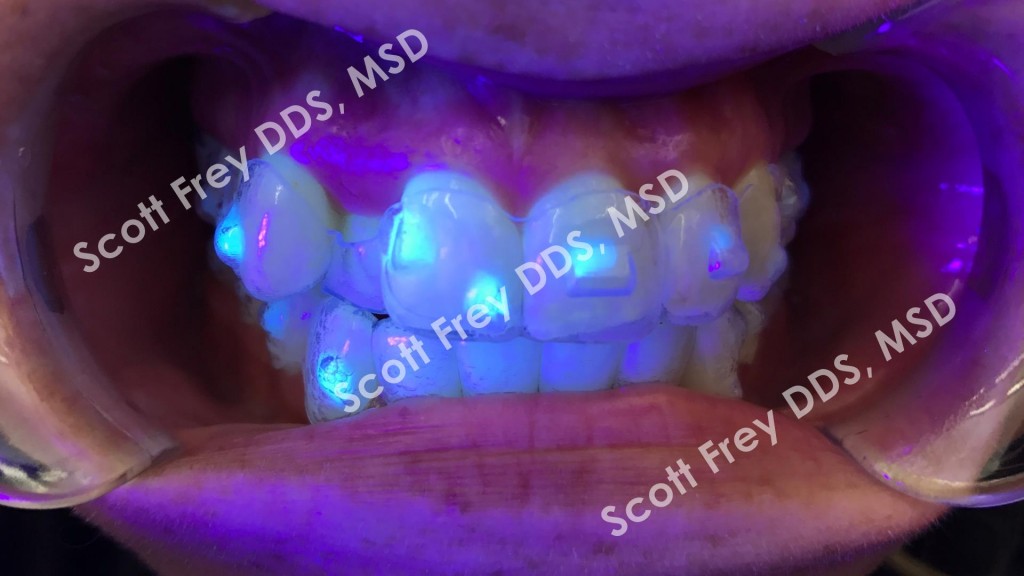
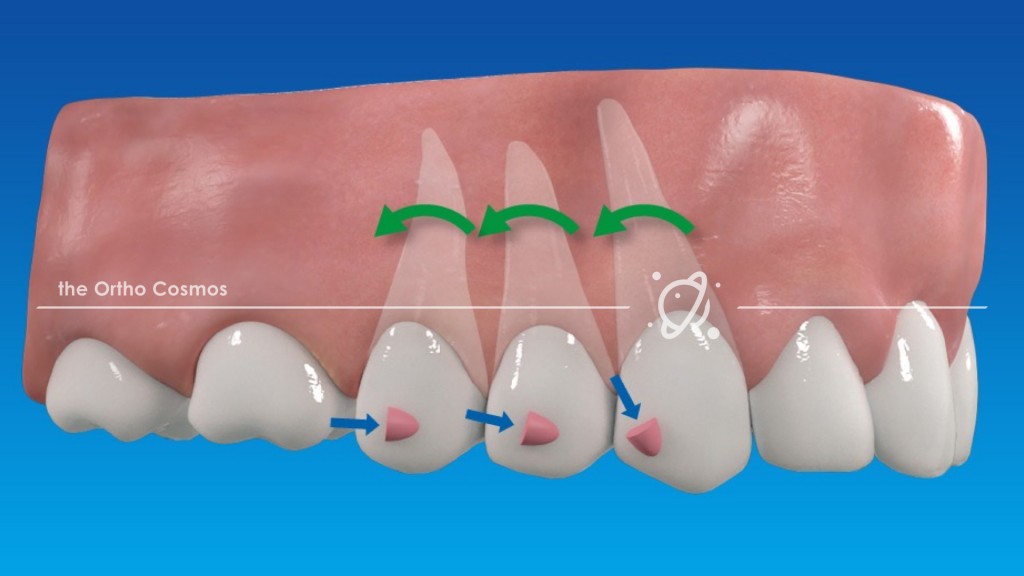
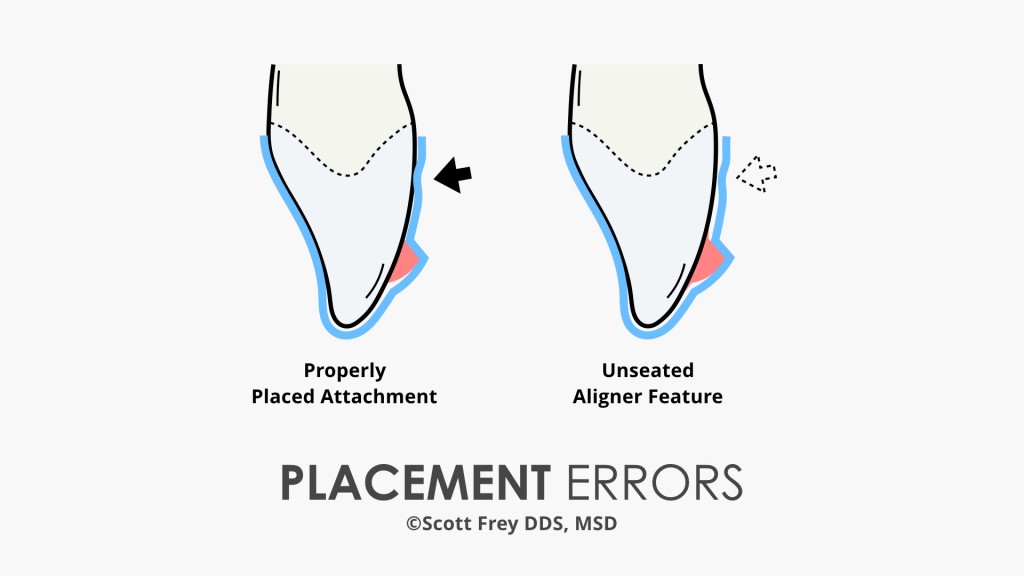
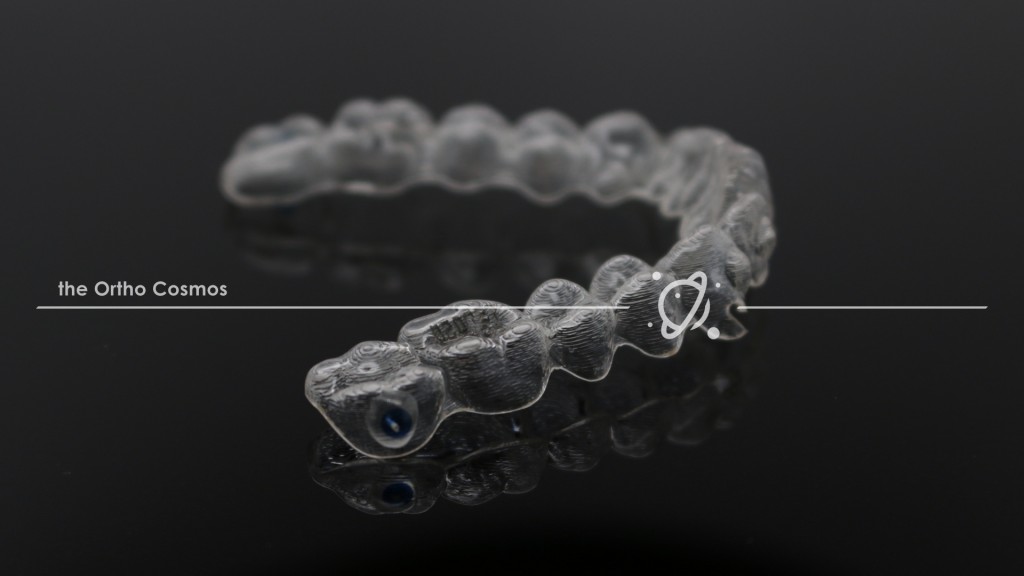
 The placement of teeth on the CAD software does not guarantee that the actual teeth will respond into that desired outcome. This is where the best practices of tooth movement come into play. An experienced orthodontist will modify the movements that are drafted to maximize the predictability of the final result, plus maintain a healthy outcome. This is where the skill of the doctor determines the success of the patient’s treatment. The staging of the movement, the speed, direction and supporting attachments are the true secrets to success. A proper treatment plan is the critical component.
The placement of teeth on the CAD software does not guarantee that the actual teeth will respond into that desired outcome. This is where the best practices of tooth movement come into play. An experienced orthodontist will modify the movements that are drafted to maximize the predictability of the final result, plus maintain a healthy outcome. This is where the skill of the doctor determines the success of the patient’s treatment. The staging of the movement, the speed, direction and supporting attachments are the true secrets to success. A proper treatment plan is the critical component.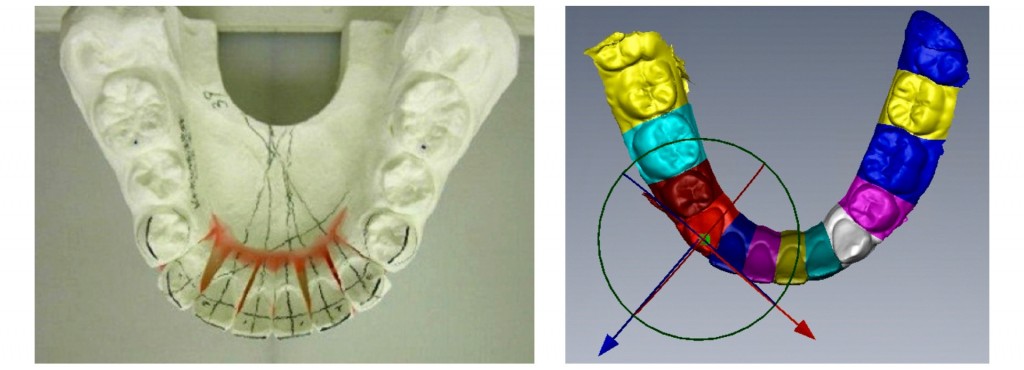 Clear aligner therapy started with sectioning plaster casts and manually placing teeth into position. Some aligner systems still use a digital version of the same technique. The most versatile clear aligner products offer more effective tools in the diagnosis and design of the treatment. These allow the doctor to better control the movements and represent the desired forces into the aligners worn by the patient. The better the software is in designing the treatment, the better the aligner system. The better the available force systems to move teeth, the better the aligner system. And the better the transfer of digital data into the fabrication of the plastic aligner, the better the aligner system. Even rudimentary clear aligner systems can treat simple crowding issues. Only the best clear aligner systems combined with an experienced doctor can achieve the best results treating a full range of simple to complex malocclusions.
Clear aligner therapy started with sectioning plaster casts and manually placing teeth into position. Some aligner systems still use a digital version of the same technique. The most versatile clear aligner products offer more effective tools in the diagnosis and design of the treatment. These allow the doctor to better control the movements and represent the desired forces into the aligners worn by the patient. The better the software is in designing the treatment, the better the aligner system. The better the available force systems to move teeth, the better the aligner system. And the better the transfer of digital data into the fabrication of the plastic aligner, the better the aligner system. Even rudimentary clear aligner systems can treat simple crowding issues. Only the best clear aligner systems combined with an experienced doctor can achieve the best results treating a full range of simple to complex malocclusions.